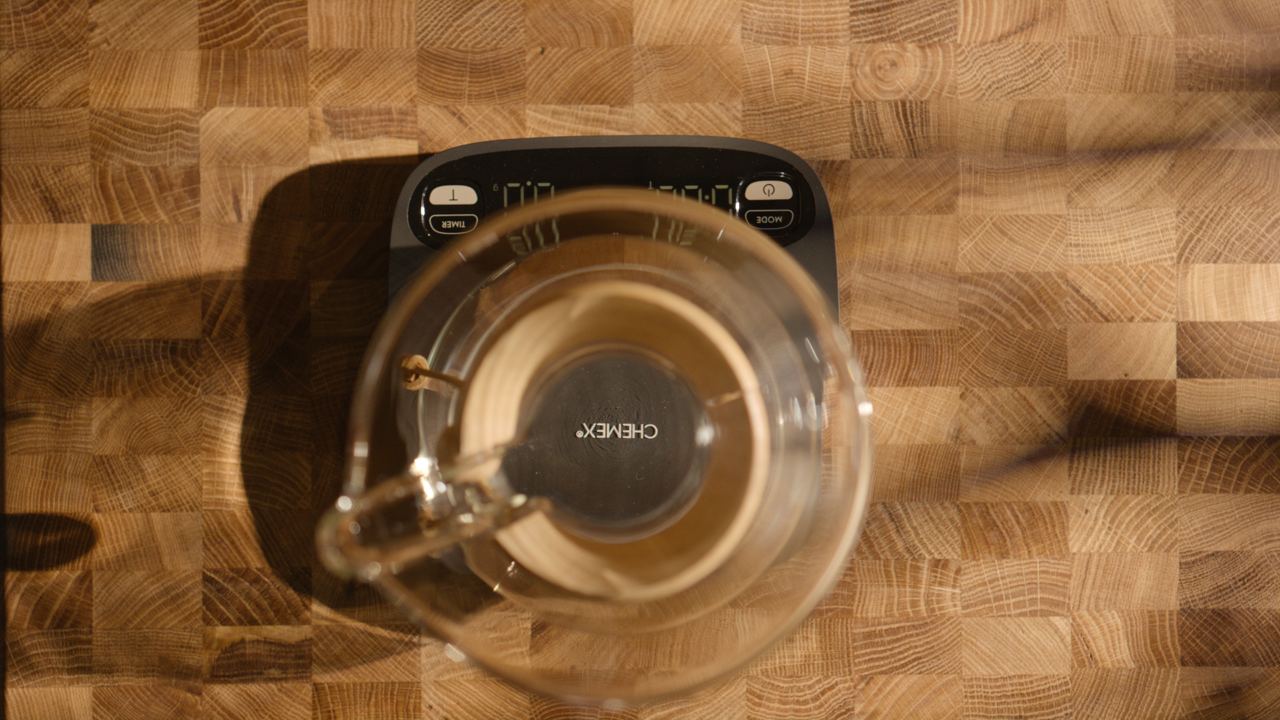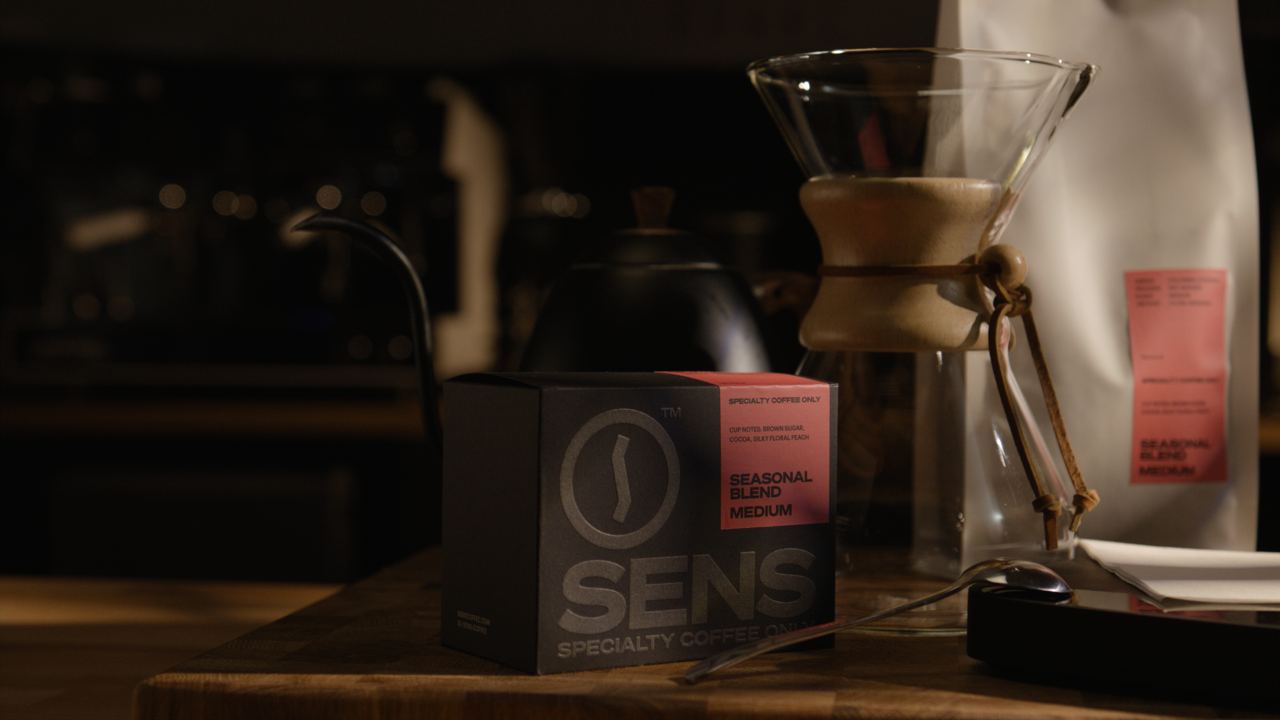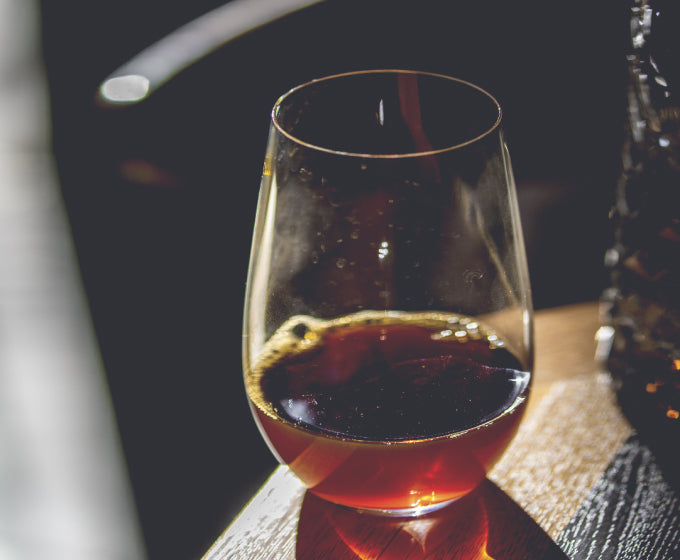January 23, 2025
For decades, coffee auctions have been a cornerstone of the industry, connecting producers with buyers and ensuring access to exceptional coffee lots. Traditionally, these auctions have been instrumental in highlighting premium coffees and providing producers with opportunities to secure better market access and prices.
Recently, the landscape of coffee auctions has undergone significant transformation. What once focused on individual regions or origins is now becoming more global. Auctions today are no longer limited to a single country; they are platforms where producers from various coffee-growing regions come together, offering roasters a broader range of flavors and experiences.
The Journey of Coffee Auctions
Initially designed to showcase high-quality green coffee, auctions have long been a way for producers—particularly smallholders—to earn premiums for their dedication to excellence. Historically, these events were held in person at the origin, drawing roasters from across the globe to cup, bid, and acquire unique lots. However, logistical challenges like travel costs and geographical distances posed barriers to both buyers and producers.
In response, technology has introduced virtual coffee auctions, making the process more accessible. Producers can now connect with buyers through online platforms, where samples are shipped, cupped, and bid on from anywhere in the world. This innovation has opened the door for more diverse participation, but until recently, most auctions remained focused on specific origins, limiting variety.
Why Global Coffee Auctions Matter
As consumer preferences evolve, the demand for unique and diverse coffee offerings continues to grow. Coffee lovers are increasingly seeking out novel flavor experiences, and global coffee auctions are uniquely positioned to meet this demand. By including producers from multiple countries, auctions can showcase an impressive spectrum of coffee varieties and processing methods, creating exciting opportunities for roasters.
For example, regions like Brazil are renowned for natural processing, while Colombia excels in washed coffees, and Costa Rica is famous for honey processing. Global auctions combine these unique characteristics, providing buyers with a curated selection of flavors that transcend geographical boundaries.
New Opportunities for Producers and Roasters
Global auctions also create significant benefits for producers. By participating in these events, they can establish a reputation, build networks, and reach markets they might not have accessed otherwise. For buyers, sourcing from international auctions helps elevate their brand by showcasing an exceptional selection of coffees, further engaging their customers.
One such event, the upcoming **Dubai Coffee Auction by DMCC**, highlights this global shift. Set to take place on February 10–11, 2025, the auction will feature twelve esteemed specialty coffee producers from nine countries, offering exclusive lots to buyers. Hosted in collaboration with M-Cultivo, this hybrid event combines in-person and virtual participation, making it more inclusive and accessible.
The Future of Coffee Auctions
As the coffee industry continues to globalize, auctions are becoming essential tools for connecting producers with roasters and consumers worldwide. By diversifying offerings and simplifying access, auctions help ensure that exceptional coffee can reach new audiences while delivering value to everyone involved in the supply chain.
Whether you're a producer looking to expand your reach or a roaster seeking unique lots to delight your customers, global coffee auctions offer a compelling opportunity. Don’t miss your chance to participate in this evolving movement that’s reshaping the specialty coffee industry.






